Taking Aim at the Shooting Brake
Posted on Aug 25, 2015 in Antique | Comments Off on Taking Aim at the Shooting Brake
Not long ago, Ferrari stunned the world with the introduction of the new Ferrari FF. The FF was the first production vehicle made by the prancing horse with a shooting-brake body style. Of course, the auto bloggers went wild, and for the most part, the new shape was well received. Since the term shooting-brake is rare in the US, I thought it would be a great topic for today’s post.
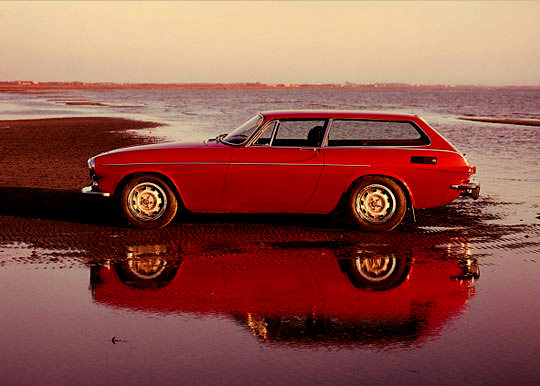
A shooting-brake is defined as a vehicle derived from a horse drawn wagon, used to break horses. Of course, that was a few years ago. Since then it developed into a country wagon used to carry people, and the term shooting was added when it was used in hunting environments, like the suburbs. It was a vehicle with a space for the gamekeeper, driver, passengers, and lots of guns. Today the term is generally applied to a vehicle with three to five doors, and a squared off rear end that included a hatchback or liftgate. Depending on the country, this can be called a station wagon, wagon, breadvan, estate car, or brake de chasse for those that like to sound fancy.
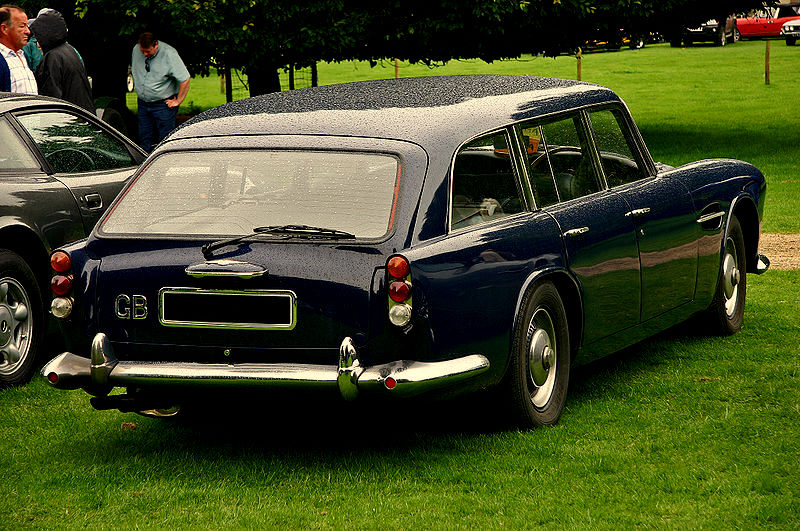
In practice, the term “estate car” is used to describe the equivalent of the American “station wagon” which is longer, and less sloping in design than a shooting brake, hatchback or Kammback. So, in summary, an estate car is what your grandmother drove to the store, and a shooting brake is a sporty car, used to carry sporty guns, and driven by sporty people.
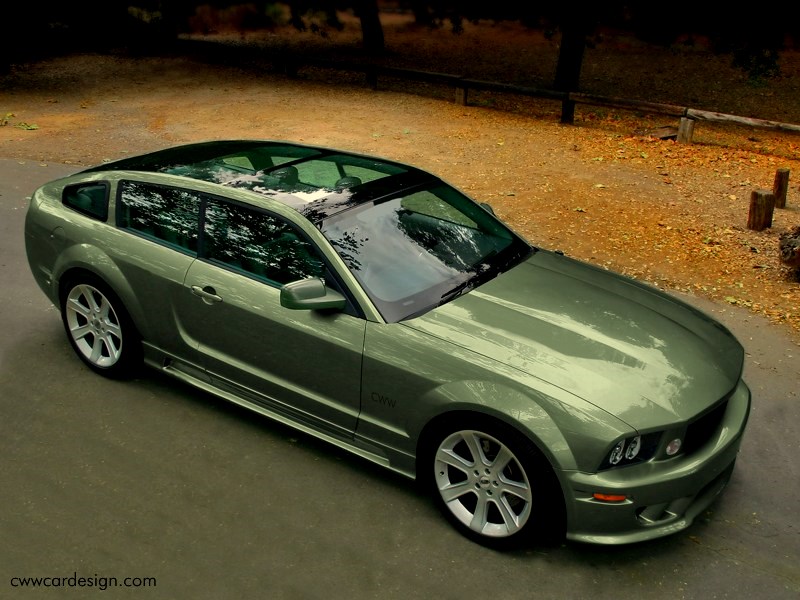
Of course, the need to carry people with lots of guns isn’t necessary, unless you live in Detroit. Mostly, the cars are marketed for their sporty feel, and extra space for luggage. The American hatchback is derived from this body style, and became very popular during the late 70’s and 80’s.
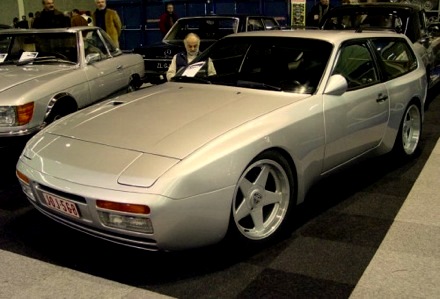
My favorite cars in this style are the Reliant Scimitar and the Volvo P1800 ES Estate. They were sporty alternatives to the huge wood sided wagons, and seemed pretty rare in the US. Other examples include the Lancia Beta, BMW M Coupe, and the Jensen GT. Modern examples include the Mini Clubman and the Volvo C30. The Mini is an ugly little troll, and the Volvo looks like a washing machine from behind.
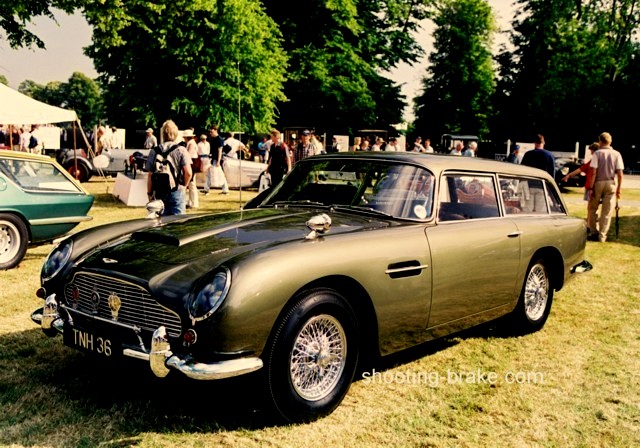
Some of the rarer examples photographed here are the Aston Martin Lagonda Rapide Shooting Brake, and an Aston Martin DB5 wagon. The latter being the car Mrs. Bond would use for shopping. Also included is a Ferrari 250 GT dubbed the “Breadvan.” This car was developed by Bizzarrini to spite Enzo Ferrari, who originally refused to sell its owner, Count Giovanni Volpi a GTO. His answer was to find one himself, and then have it modified by Bizzarrini using a Kammback style. It once again proves that good things come to those seeking revenge.
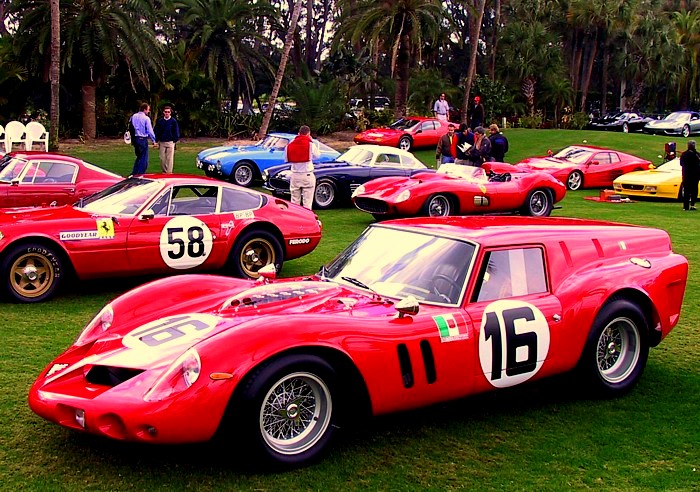
Other photos show a Ford Mustang concept that is very sharp and a Jaguar XJS Lynx Eventer, which was a custom body sold by Lynx in Great Britain. Only about 67 of these cars were made, and they are still considered the prettiest shooting brake body ever created. As the owner of a XJS Coupe, it is the one car I would love to purchase. It combines the tradition of beautiful British motorcars, with the functionality of the National Lampoon Family Truckster.
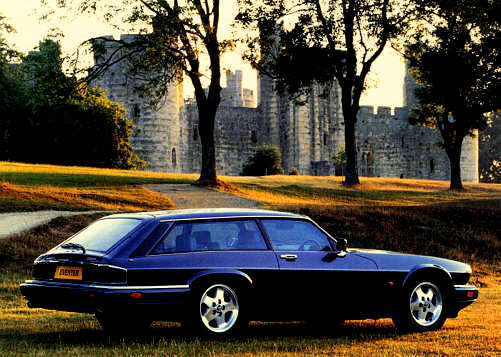
Finally, we have a rare Porsche 944 shooting brake, and a Jaguar XJ8 estate as a comparison of the two styles. As you can see from the last two, the styling is longer and taller than a shooting brake. Shooting brakes were once rare in the US, but with concepts from Audi and Mercedes-Benz making the rounds, we may be seeing a lot more in the future.
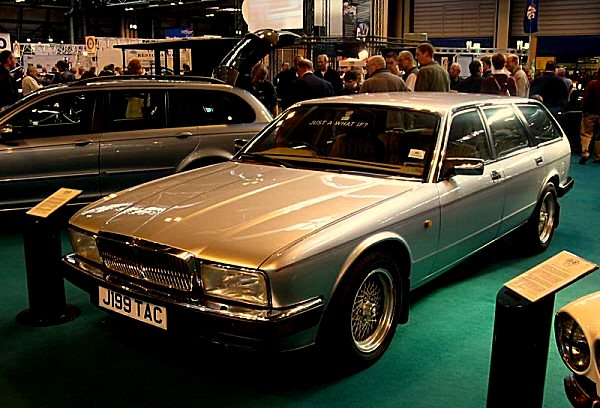





.gif)

